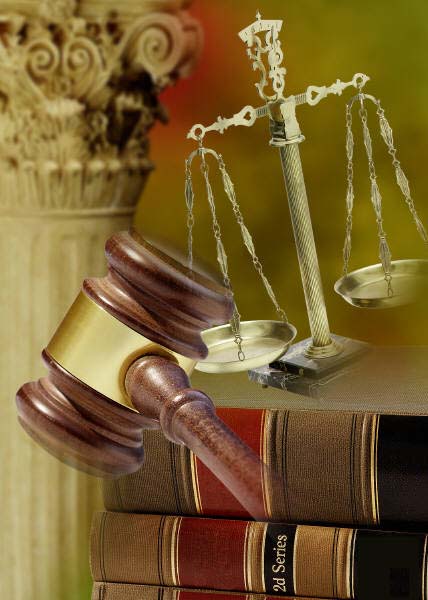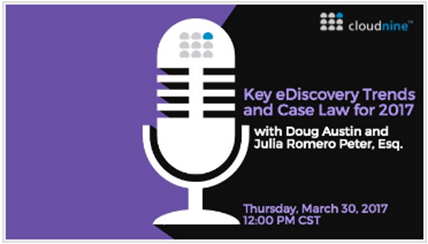After Metadata Shows Agreement Documents to Be Unreliable, Defendant’s “Hans” are Tied: eDiscovery Case Law
In Ensing v. Ensing, et. al., No. 12591 (Del. Court of Chancery, Mar. 6, 2017), Vice Chancellor Slights ruled for the plaintiff in the case and concluding that the defendant “has engaged in blatant violations of court orders and bad faith litigation conduct that justify serious sanctions”, ordering him to pay two-thirds of the plaintiff’s counsel’s fees and expenses and all of the plaintiff’s computer forensic expert’s fees and expenses.
Case Background
This case arose between a divorcing husband and wife operating a winery and boutique hotel in Italy (indirectly through two Delaware limited liability companies) when the husband (Dr. Hans Ensing) tried to remove the wife (Sara Ensing) and appoint himself as manager of one of the entities, and then engage in a series of transactions intended to divest Sara of her interests in the winery and hotel. As a result, Sara (now the plaintiff) initiated action against her husband (now the defendant) in this case in July 2016.
During the case, the defendant produced a “Pledge Agreement” and a “Trust Agreement” purportedly executed by the plaintiff and defendant, making the defendant manager of one of the entities and allowing him to appoint the management for that entity. The plaintiff denied ever signing the agreement and claimed they were “forgeries”. In response to the plaintiff’s claims that the documents were “forgeries,” the defendant told the court that he intended to have “certified copies” of the documents “prepared at the U. S. Embassy in Rome (which never happened) and claimed during an October deposition that a lawyer and accountant had been instrumental in forming the entities (but he couldn’t provide contact information for the accountant or even his nationality).
The defendant also could not produce the originals of either of the disputed documents, but continued to argue that both documents were evidence in his favor. The defendant also ignored the court’s order to turn over the devices on which he testified that he had created and stored the agreements, leading the court to grant the plaintiff’s motion to draw an adverse inference against the defendant, putting the burden on him to prove the two agreements were authentic.
Then, on the eve of trial, the defendant attempted to distance himself from both documents. Nonetheless, the plaintiff offered evidence that the company stamp appearing above her name on the Pledge Agreement wasn’t created until 2015, but the document was created in 2012 and had a computer forensic expert testify that the metadata from the Trust Agreement PDF file revealed that it was created on June 15, 2016, and then emailed to the plaintiff thirty minutes later.
Vice Chancellor’s Ruling
Vice Chancellor Slights stated: “After carefully reviewing the evidence, I conclude that Sara has carried her burden of proving that Hans had no authority to remove her as manager of the entities, to appoint himself as manager of the entities or to transfer membership units of one of the entities to an entity under his control.” Vice Chancellor Slights also concluded that “Hans has engaged in blatant violations of court orders and bad faith litigation conduct that justify serious sanctions”, referencing the two agreements as “sham documents”. As a result, Vice Chancellor Slights also ordered the defendant to pay two-thirds of the plaintiff’s counsel’s fees and expenses and all of the plaintiff’s computer forensic expert’s fees and expenses.
So, what do you think? Does it seem like there are more cases than ever with potentially altered or forged ESI? Please share any comments you might have or if you’d like to know more about a particular topic.

Disclaimer: The views represented herein are exclusively the views of the author, and do not necessarily represent the views held by CloudNine. eDiscovery Daily is made available by CloudNine solely for educational purposes to provide general information about general eDiscovery principles and not to provide specific legal advice applicable to any particular circumstance. eDiscovery Daily should not be used as a substitute for competent legal advice from a lawyer you have retained and who has agreed to represent you.










